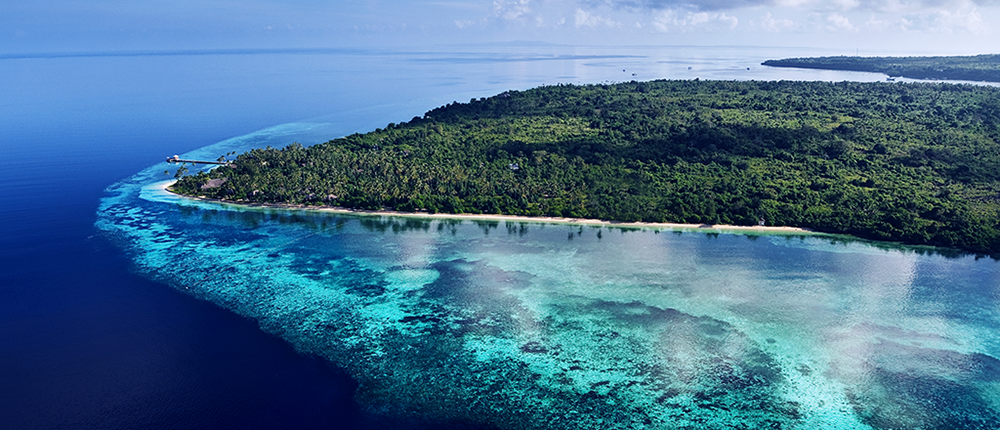Making a Difference: Wakatobi Conservation
While establishing training protocols for the GPS mapping of coral reefs in the Wakatobi area, Stephan Becker was impressed by the health of the underwater environment. This cannot be attributed solely to the reefs’ remote location, he feels, and is instead a direct result of numerous protective measures that remain in place, and to the cooperative partnership formed between Wakatobi Resort and local fishermen and villagers known as the Collaborative Reef Conservation Program.
Wakatobi Resort: the example that makes a difference
by Stephan Becker, Founder and President of Beautiful Oceans
Reefs that take your breath away
You may be well informed about the ink that has been flowing to praise the outstanding customer service, excellent gourmet cuisine and exceptional quality of diving available at Wakatobi Dive Resort, Southeast Sulawesi, Indonesia. The local dive sites are indeed stunning and Wakatobi accounts for one of the world’s best diving destinations. After all, the resort is located in an area commonly referred to as The Coral Triangle of Marine Biodiversity, a place that roughly encompasses the coral sea around Indonesia, Malaysia and the Philippines. Throughout my career as a dive professional and GPS ocean floor geographer, I have seen a lot of reefs. Although I think I am not easy to impress, the wealth of life on the reefs of Wakatobi took my breath away on several occasions.
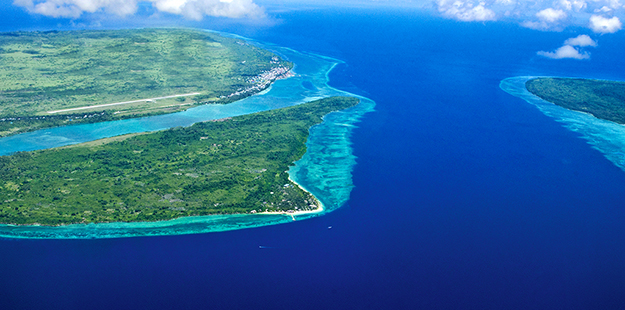
Wakatobi is located in an area known as the Coral Triangle, a region encompassing the coral sea around Indonesia, Malaysia and Philippines. Photo by David Morgan
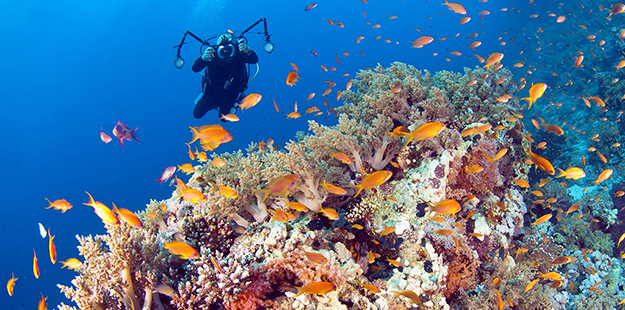
Coral reefs that sport a diverse wealth of marine life bring photographers from around the globe to Wakatobi. Photo by Wakatobi Dive Resort

As a GPS ocean floor geographer, Stephan Becker has witnessed many coral reefs and says “the reefs at Wakatobi took my breath away on several occasions.” Photo by Mark Snyder
Mapping the reefs reveals the rewards of a proactive partnership
When mapping a coral reef, you are pretty much focusing on the variety of tasks that need to be accomplished during the dive: bathymetry (depth) measurements, recording GPS coordinates and time codes on a dive slate, all while keeping an eye on your scientific equipment that is attached to a surface marker buoy floating some 15 to 20 meters above your head. I rarely get distracted when I am collecting data on the reef or training people in the water, so something really exceptional needs to happen to throw me off. But, that’s pretty much what happened at the end of my dive at Zoo, one of Wakatobi Dive Resort’s great sites, which was on our list for a 3D coral reef map.
While training Wakatobi Dive Resort staff in GPS coral reef mapping, I witnessed firsthand the exceptional beauty of the local coral reefs. Pristine coral heads, healthy fish aggregations, and fascinating coral reef architecture make diving at Wakatobi an experience that is out of this world.
I was about to take down the last few in a series of special features on my dive slate when I suddenly found myself in a huge ball of schooling fish, probably several hundreds of them. The kaleidoscope of colors and the sheer number was so overwhelming that it made my jaw drop and with it my slate. The school of fish was so dense that they sometimes blocked the view of my students and the surface marker buoy!
A model that works
Despite what one might think, the fact that Wakatobi Dive Resort chose a remote island off the Indonesian coast of Southeastern Sulawesi as its place of operation does not guarantee for healthy coral reefs and such prolific marine life. Just in case you were not aware, Southeast Asia is also a place on earth where some of the most destructive fishing practices can take place; dynamite fishing, cyanide fishing and muroami netting, to name just a few, are common practices in this region of the world.
This obviously begs the question: How does Wakatobi Dive Resort fend off destructive fishing methods to protect the very resource its business relies upon? Intriguing as well: What is the reason behind the sea of waving hands, genuinely warm smiles and welcoming attitudes of those in the local communities? Well, turns out that the connection between happy villagers and healthy coral reefs is, simply put, a finely balanced agreement established between the villages and the owners of Wakatobi Dive Resort. An agreement based on the payment of an annual lease paid to 17 village communities and the delivery of resort-generated electrical power in exchange for a promise to respect no-fishing zones on the local coral reefs. Local fishermen were quick to realize that this agreement brought direct benefits to the community in the form of additional revenues; they also realized there are spillover effects from protected reefs that seem to be replenishing adjacent fishing grounds which provide areas for sustainable amounts of fish to continue traditional fishing activities.
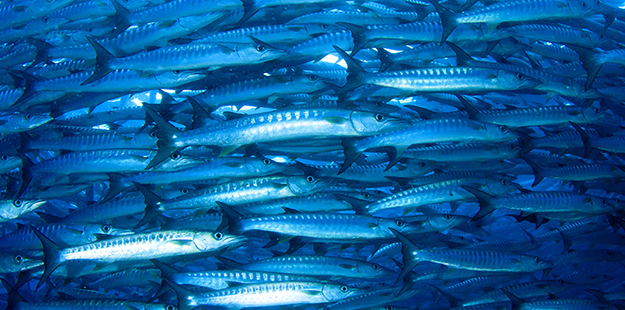
Thick schools of barracuda are often seen at Wakatobi on dive sites such as Roma. Photo by Wakatobi Dive Resort
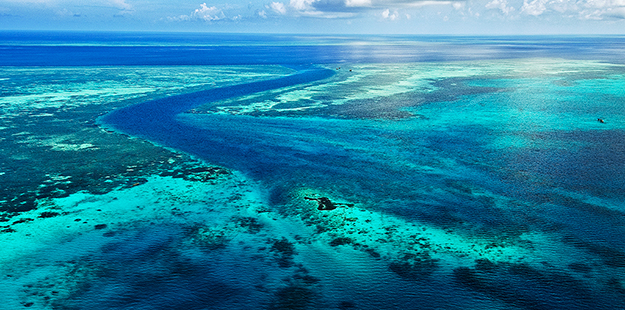
20km (12.5 miles)of healthy, protected coral reef surround Wakatobi Dive Resort, due to the efforts of resort Founder Lorenz Mader in collaboration with local communities. Photo by Didi Lotze
The result is a protected 20 KM (12.5 miles) coastline of prime coral reef that is made available for divers and snorkelers to enjoy at a high-end resort atmosphere. With direct monetary contribution, the Wakatobi Dive Resort Collaborative Reef Conservation Program seems to have achieved what other destinations still dream about or may have never imagined; a coral reef preservation model based on solid foundations using a simple business equation that equates to payment of monies in exchange for the protection of the very resource the diving business relies on. This simple business equation still seems to elude quite a few shortsighted dive business owners in many of the tropical diving destinations where coral reefs are dwindling.
“Destructive fishing methods are the economic equivalent of slaughtering the goose that lays golden eggs. I believe that alignment of interests, and that includes long-term financial interests, with local communities can do much more to protect the valuable reef resources in Indonesia than a rigid system of grants and education attempts by environmental organizations ever could.”
Lorenz Mäder, Founder of Wakatobi Dive Resort
Maybe the way dive businesses handle the importance of local coral reef preservation should become part of our trip booking decisions before we hand over our cash? Those that do not care beg the question, why should we care about them?
To find out about more about Wakatobi contact our office at office@wakatobi.com or complete a quick trip inquiry on wakatobi.com. A guest relations consultant will be in touch with you to answer any questions and discuss your next dream dive vacation.
More about the marine life found in the Wakatobi region> here.


